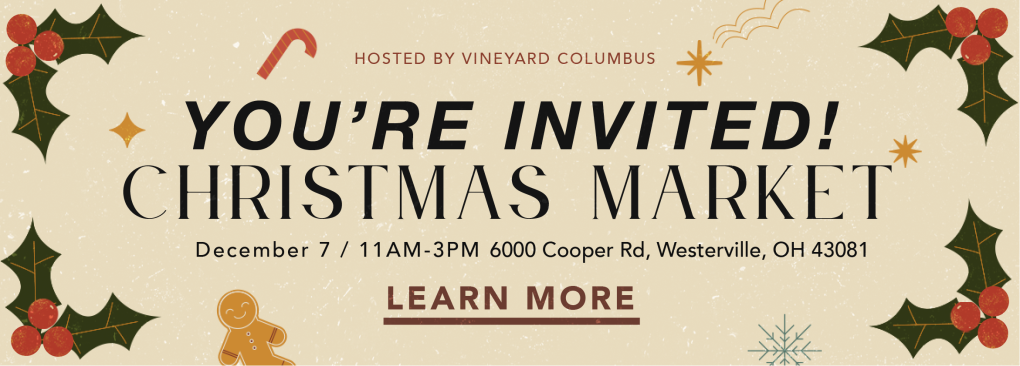The Chosen Ones
“I showed up on a bone cold day in February and set my equipment up in Zac’s dining room. I had them sit at the dining room table for a video interview. The interview is comprised of four simple questions/directives: State your names, how and where you met, what makes your bond special, and what does this queer family give you that a blood family relationship does not. Usually, people are shy and short with their answers but Zac and Aria ran with it. I learned about how they met in a homeless shelter in L.A. and what brought them all the way to Columbus, Ohio. They chatted, giggled, and cried with me for over 40 minutes. I received a generously tender narrative of how they found support in one another. They have experienced hardship unlike most people, but it hasn’t stopped either one of them from hustling for their dreams of making art or creating music, which they often do together. They both push each other but also, in down times, lift each other up even when they don’t have a lot left to give of themselves. Zac and Aria are gorgeous reminders that it is not about what you have in life but who you have.”
Julie Rae Powers, on Out of Hiding
Julie Rae Powers is a photographer who captures not just
images, but hearts. Her thoughtful photojournalistic project, Out of Hiding, opening this month at Sean Christopher Gallery, takes an intimate look at the chosen families of queer people. Often rejected by their own flesh and blood, queer people have a history of making their way in a hostile world, with the support of those around them—who may not be related by DNA, but instead, shared experience. (614) had the opportunity to talk to Julie about her
work with these chosen families.
How are family challenges different for queer people than for straight/cis people?
The most basic and generalized way to answer this from my perspective is that queer individuals historically have been ostracized by their nuclear families, likely from a cultural or societal influence, or at least experience a particular discomfort or disconnection of lived experience whereas, their heterosexual counterparts experience acceptance from their families on a
societal level.
What is it like as a photographer and interviewer to try to get on an intimate level with your subjects?
First of all, it is very rewarding. This is my first time taking on something of this nature and working in this way. The stories and moments shared with me were very heartwarming and a reminder
that there is still good in this crazy world. Sometimes the process, because this isn’t my usual way of creating a project, was daunting
or overwhelming, but very much worth it.
What do you hope a viewer walks away with after seeing your exhibition?
I hope the viewer takes away warmth and joy and a positive relationship to queer culture and individuals.
Is there anything unexpected you gained after making this project?
A renewed view on things. The political climate can feel very scary to queer people at the present, so this project reminded me that we have each other’s backs and we are strong.
How does being a member of the queer community affect your work with queer families?
I think it gives me a great foundation of understanding and perspective on their journeys, and I think it may even provide a sense of trust between us. It is an incredibly special and important thing to say,
‘I see you’ and to be seen.
What effects do you think this exhibit will have on the people who agreed to be a part of it?
The most common thread between everyone is that they are so proud and excited to show and talk about their families. To say, this is my person, they are incredible, they have shown up for me. I think it’ll warm their hearts to look in the exhibition and say there they are! My babies! But, also, much like the previous comment, it is incredible to see and be seen when the world has told you that you shouldn’t be a part of it because of your sexuality, gender, etc.
What effect has it had on you?
It’s been a reminder that I am not alone, that there is love, that
there is positivity, camaraderie. It has given me the push to keep digging and moving forward with life—that our great hearts can help make change on a cellular level. •
Out of Hiding opens at Gallery Hop September 1st, and closing reception is September 22nd from 4-6 p.m.
BROUGHT TO YOU BY



